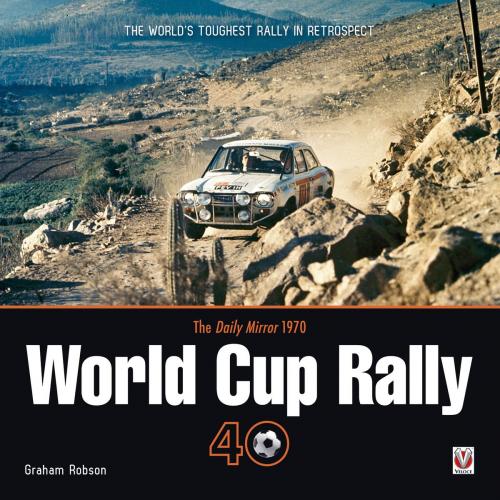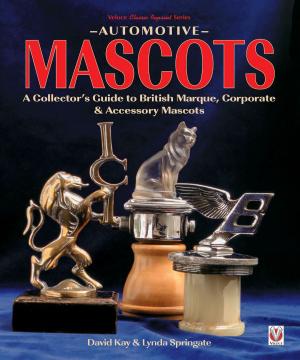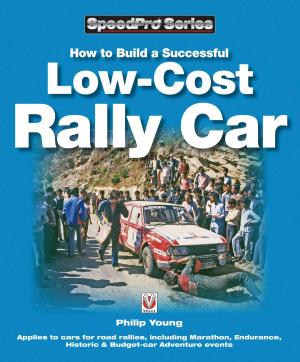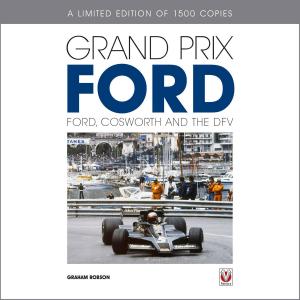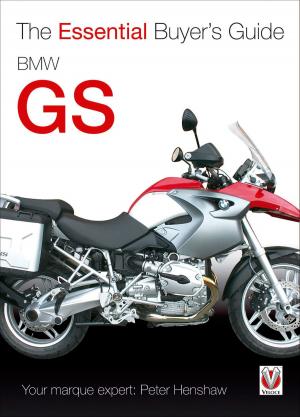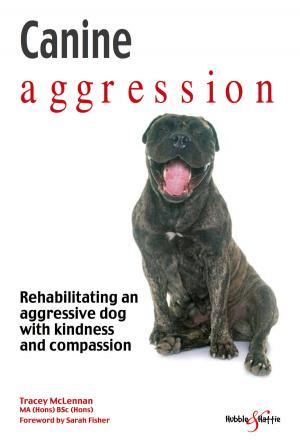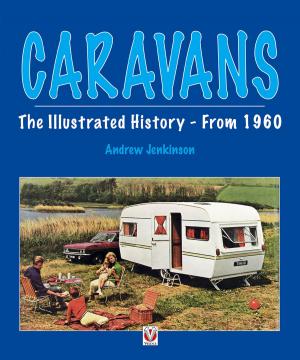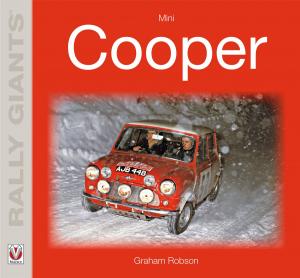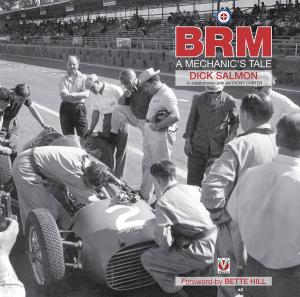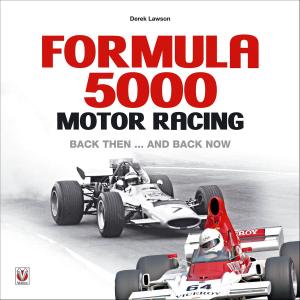The Daily Mirror 1970 World Cup Rally 40
The World’s Toughest Rally in Retrospect
Nonfiction, Sports, Motor Sports| Author: | Graham Robson | ISBN: | 9781845848859 |
| Publisher: | Veloce Publishing Ltd | Publication: | September 18, 2015 |
| Imprint: | Veloce | Language: | English |
| Author: | Graham Robson |
| ISBN: | 9781845848859 |
| Publisher: | Veloce Publishing Ltd |
| Publication: | September 18, 2015 |
| Imprint: | Veloce |
| Language: | English |
After the first ever intercontinental rally the London-Sydney in 1968 there was widespread enthusiasm for an even more difficult test. With the Football World Cup being held in Mexico in 1970, it was the perfect opportunity to hold a parallel, much tougher challenge the World Cup Rally. Organisers John Sprinzel and John Brown secured sponsorship from the Daily Mirror and planned a unique high-speed event, lasting six weeks and covering 16,000 miles from London to Mexico City via some of the most varying, tortuous and difficult terrain on three continents.Serious works teams such as Ford and British Leyland spent tremendous amounts choosing and developing new cars, completing months-long route surveys, and analysing every detail of diets, oxygen provision, and the number of crew members. Despite all this planning, out of an entry of more than 100, only 23 cars made it to the finish.It was then, and remains now, the toughest rally of all time.
After the first ever intercontinental rally the London-Sydney in 1968 there was widespread enthusiasm for an even more difficult test. With the Football World Cup being held in Mexico in 1970, it was the perfect opportunity to hold a parallel, much tougher challenge the World Cup Rally. Organisers John Sprinzel and John Brown secured sponsorship from the Daily Mirror and planned a unique high-speed event, lasting six weeks and covering 16,000 miles from London to Mexico City via some of the most varying, tortuous and difficult terrain on three continents.Serious works teams such as Ford and British Leyland spent tremendous amounts choosing and developing new cars, completing months-long route surveys, and analysing every detail of diets, oxygen provision, and the number of crew members. Despite all this planning, out of an entry of more than 100, only 23 cars made it to the finish.It was then, and remains now, the toughest rally of all time.
